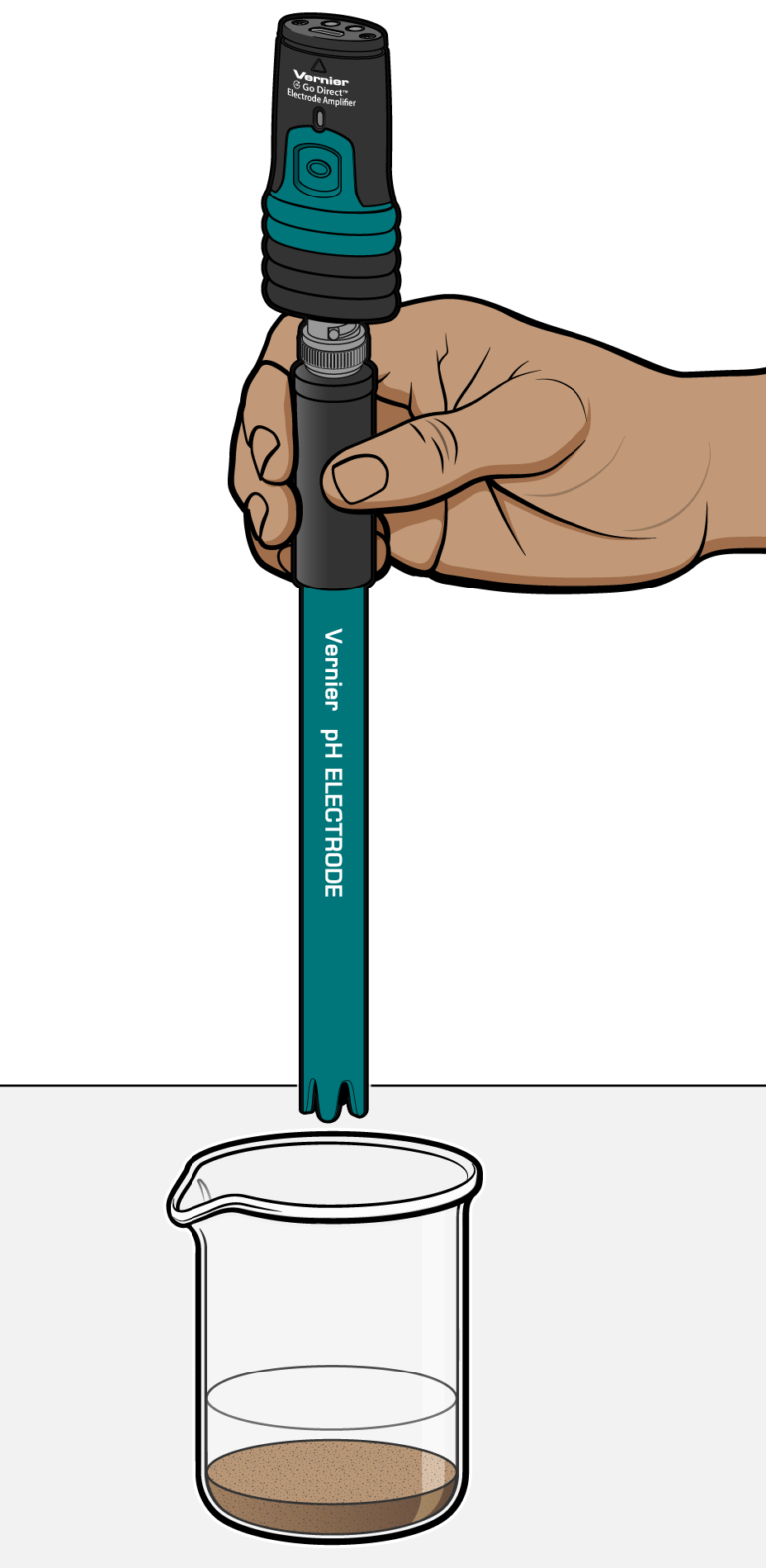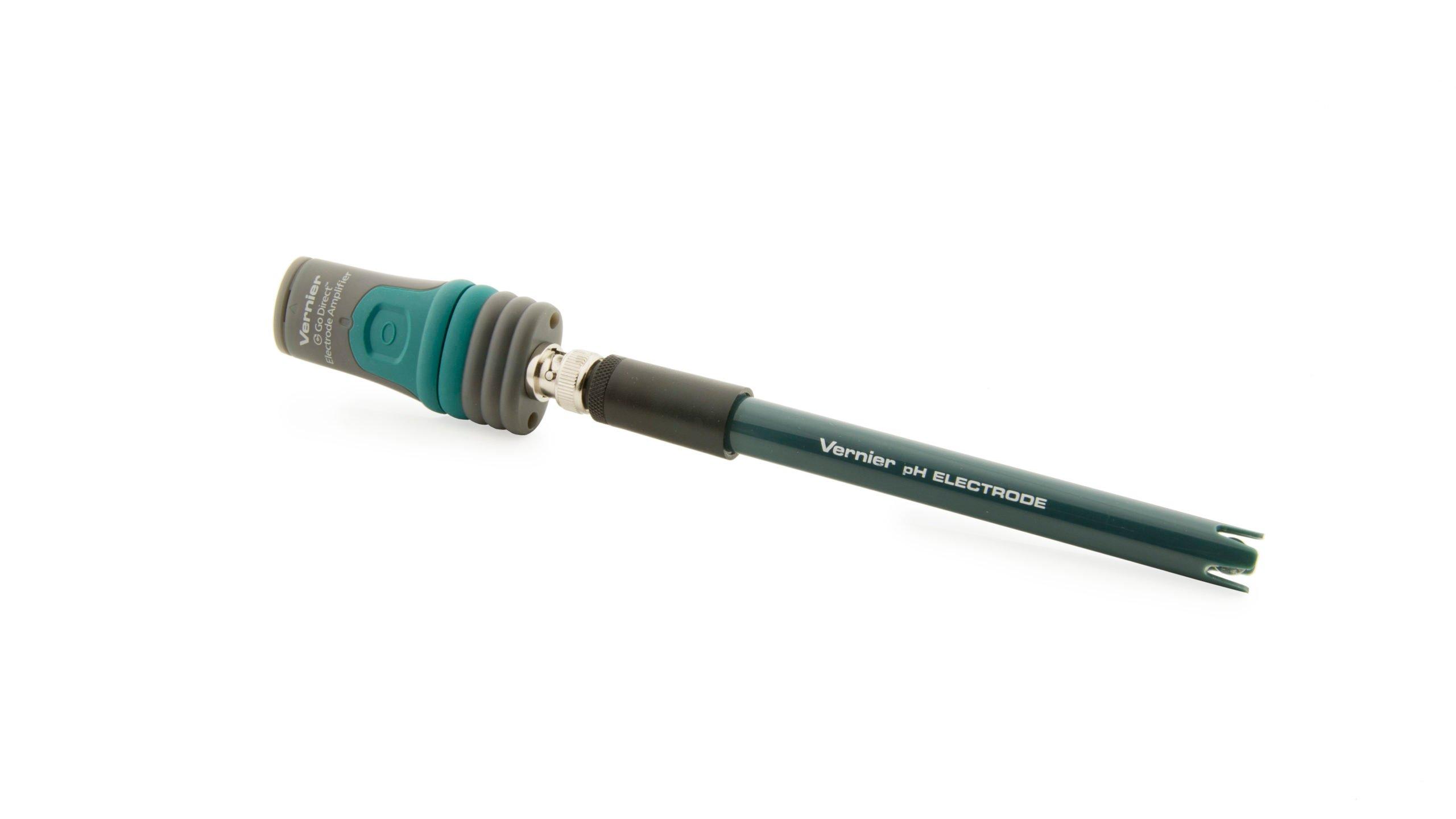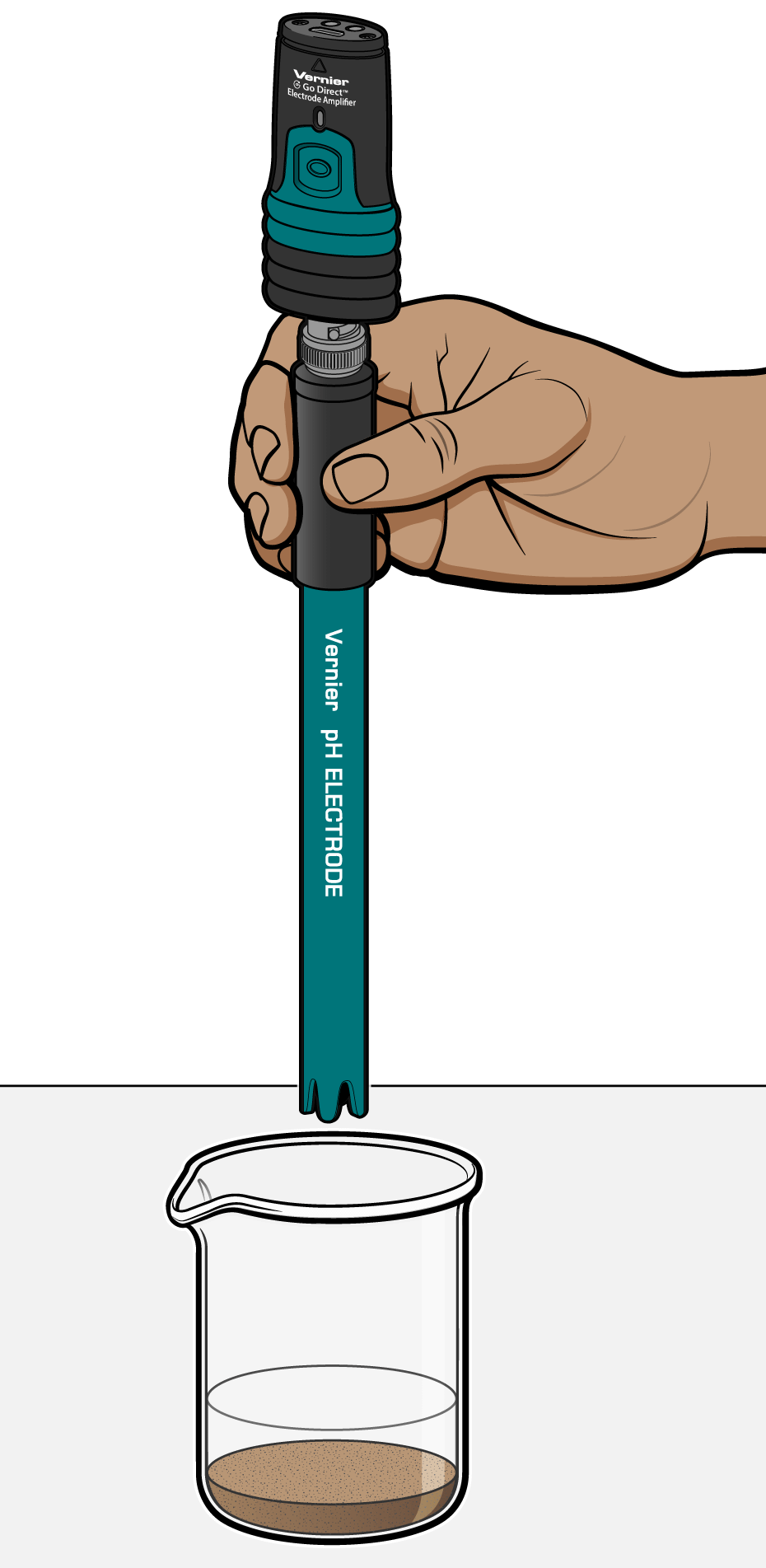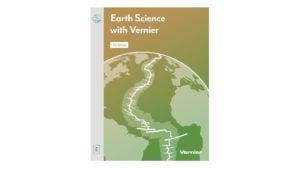
Introduction
When you think of pH, you probably think of liquid acids and bases. But soil can be acidic or basic, too. Soil pH, sometimes referred to as soil acidity, can be expressed using the pH scale. The pH scale ranges from 0 to 14. Soils with pH above 7 are basic or sweet. Soils with pH below 7 are acidic or sour. A soil with a pH of 7 is neither acidic nor basic, but is neutral.
The pH of soil is an important factor in determining which plants will grow because it controls which nutrients are available for the plants to use. Three primary plant nutrients—nitrogen, phosphorus, and potassium—are required for healthy plant growth. Because plants need them in large quantities, they are called macronutrients. They are the main ingredients of most fertilizers that farmers and gardeners add to their soil. Other nutrients such as iron and manganese are also needed by plants, but only in very small amounts. These nutrients are called micronutrients.
The availability of these nutrients depends not only on the amount but on the chemical forms of the nutrients that are present as well. The pH of the soil and the rate at which the nutrients are released from the soil also affect availability. In general, macronutrients are more available in soil with high pH and micronutrients are more available in soil with low pH.
Objectives
In this experiment, you will
- Use a pH sensor to measure the pH of soil samples.
- Identify any nutritional problems plants would have in that soil.
Sensors and Equipment
This experiment features the following sensors and equipment. Additional equipment may be required.
Ready to Experiment?
Ask an Expert
Get answers to your questions about how to teach this experiment with our support team.
- Call toll-free: 888-837-6437
- Chat with Us
- Email support@vernier.com
Purchase the Lab Book
This experiment is #6 of Earth Science with Vernier. The experiment in the book includes student instructions as well as instructor information for set up, helpful hints, and sample graphs and data.



